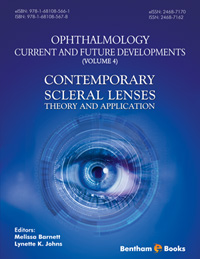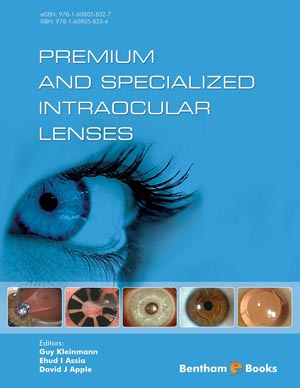Abstract
Historically, there was little emphasis placed on the anterior shape of the eye, apart from the corneal shape, but with the resurgence of scleral lenses, recent interest in the anterior corneo-scleral junction has been examined, measured and quantified. Interestingly, the corneo-scleral junction had been found to be predominantly tangential. A variety of technology can be utilized to analyze the anterior ocular surface shape. Instrumentation includes keratometry, Placido-based topography, Scheimpflug topography, optical coherence tomography, and scleral topography. Curvature and elevation data, symmetry or asymmetry are critical in deciding whether a small diameter scleral lens, a large diameter scleral lens – or maybe a toric scleral lens is indicated when fitting a patient. Different metrics and indices define ocular surface shape. Consequences of inappropriate curvatures and parameters of lenses placed on the ocular surface can result in lens misalignment, excessive compression, impingement and/or edge lift that result in patient symptomatology. As with any contact lens, the overall goal is to provide optimal vision, fit and comfort. Therefore, it is crucial to understand the ocular surface shape to improve alignment and centration of the optics for optimal vision. Improvements in alignment reduce ocular signs and discomfort. A general understanding of ocular surface shape can lead to enhanced designs and improved patient outcomes.
Keywords: Anatomy, Anterior scleral shape, Conjunctival structures, Corneal shape, Corneal structures, Corneo-Scleral Profile, Decentration, Episcleral, Eye Dimensions, Eye muscle, OCT, Placido disc, Scheimpflug, Scleral Angles, Scleral shape, Sectorial, Spiral of Tillaux, Tangential Shape, Tenon’s capsule, Toricity.







.jpg)

